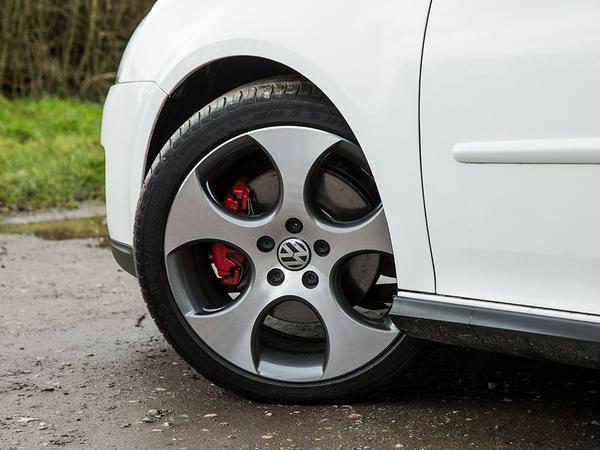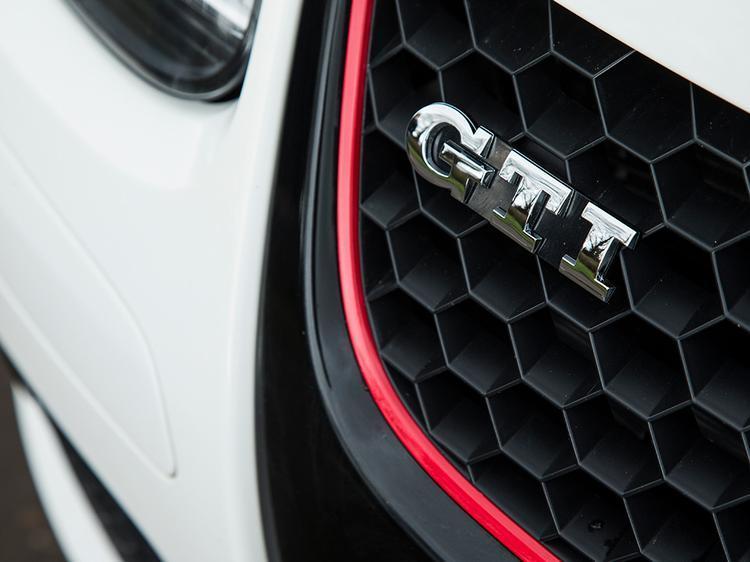Volkswagen Golf GTI (Mk5) | PH Heroes
There are more famous generations of Golf than the Mk5 - but the modern GTI as we know it starts here...

The Mk4 wasn't any better. Sure, it was nicer inside and better put together, but it was also built like a crypt and made the entry-level GTI about as exciting as getting in a lift. Volkswagen didn't need telling, of course, and for two generations it simply engineered (and marketed) its way around the problem by fitting both models with cleverly packaged six-cylinder engines and a bigger price tag. The VR6 and R32 were very good. But they were expressly not GTI variants, and the manifest superiority of both models inevitably diluted the appeal of the cheaper badge.

Change was needed, and it arrived in 2004. The Mk5 was built on a new platform, the PQ35, and not least among its benefits was proper independent rear suspension. The staid styling followed the twist beam onto the rubbish heap; Wolfsburg having chiselled its replacement into the kind of dainty teardrop that looks a million bucks when underpinned by the GTI's bigger, prettier alloys. Most importantly of all, there was the latest 2.0-litre FSI unit under the bonnet - the kind of new-fangled four-pot that combined common rail direct fuel injection and a BorgWarner turbocharger to quintessential modern effect.

Driven now, it is this roundedness which feels acutely familiar. The deftness, ease of use and tractability which have since become hallmarks of the GTI are all prevalent in Mk5. The same pleasing ergonomics; the same gratifying control weights; the mid-range industry; the sure-footedness; the suppleness - some of it embryonic and unpolished compared with what would follow in this decade, sure - but all undeniably present and at the root of the car's appeal to even a casual driver.

Of course there are moments when its wheel control or refinement or outright pace are of a lesser standard than a Mk7 or even a Mk6 - but it's worth noting too that by virtue of its hydraulic steering and passive suspension, and even its inferior NVH standard, the Mk5 tends to seem a bit less detached than its descendants when driven very quickly. And that's rather nice. Nicest of all though is the current price: high mileage examples are plentiful and mostly available for £5k or less - even a less well used GTI will typically be less than £8k.
Very well-kept Edition 30 cars are likely to come with the most vaunted seller expectation. The anniversary model was built in limited numbers, and gained an extra 30hp as well as a modest body kit and some interior tinsel. With a 0-62mph time reduced to 6.8 seconds, it's among the most desirable Mk5s - but even these can be had for around the £10k mark. Which means that for around a third of the cost of a brand new Mk7 Golf GTI Performance, you get 85 per cent of what made it great in the first place. A bargain, then - and a hero to boot.
SPECIFICATION | 2004-2008 VOLKSWAGEN GOLF GTI (MK5)
Engine: 1,984cc, 4-cyl turbocharged
Transmission: 6-speed manual, front-wheel drive
Power (hp): 200@5,100-6,000rpm
Torque (lb ft): 201@1,800-5,000rpm
0-62mph: 7.2sec
Top speed: 146mph
Weight: 1,509kg (EU)
CO2: 189g/km
On sale: 2005-2008
Price new: £20,850
Price now: £2,475 - £15,000






Gassing Station | General Gassing | Top of Page | What's New | My Stuff



